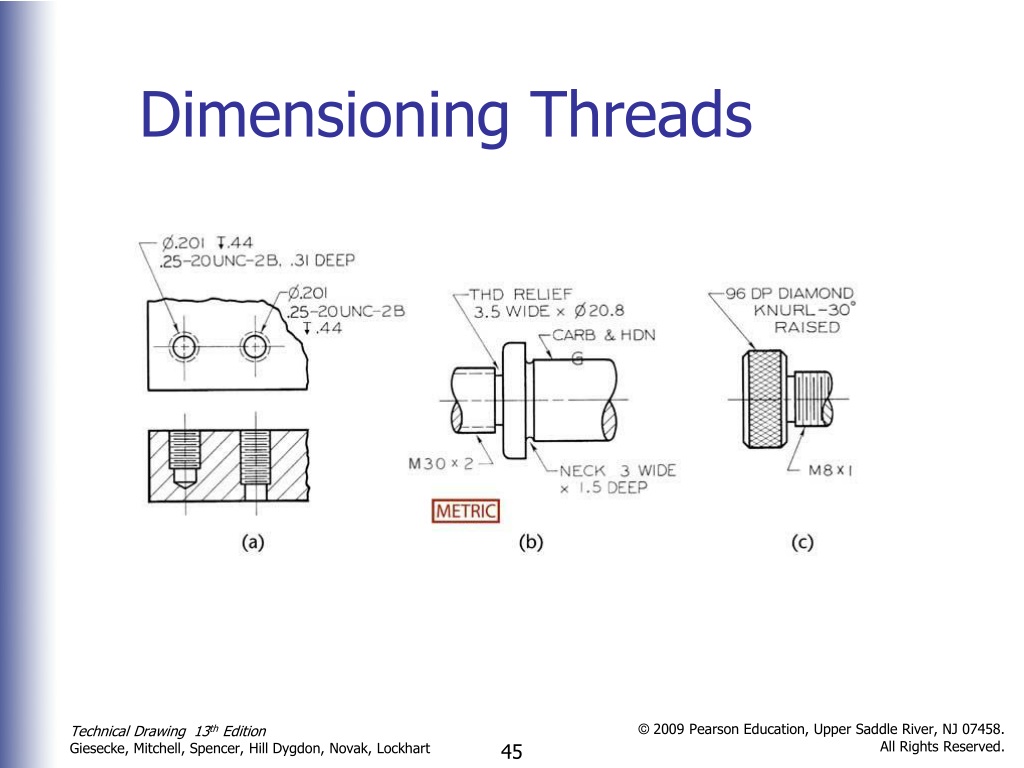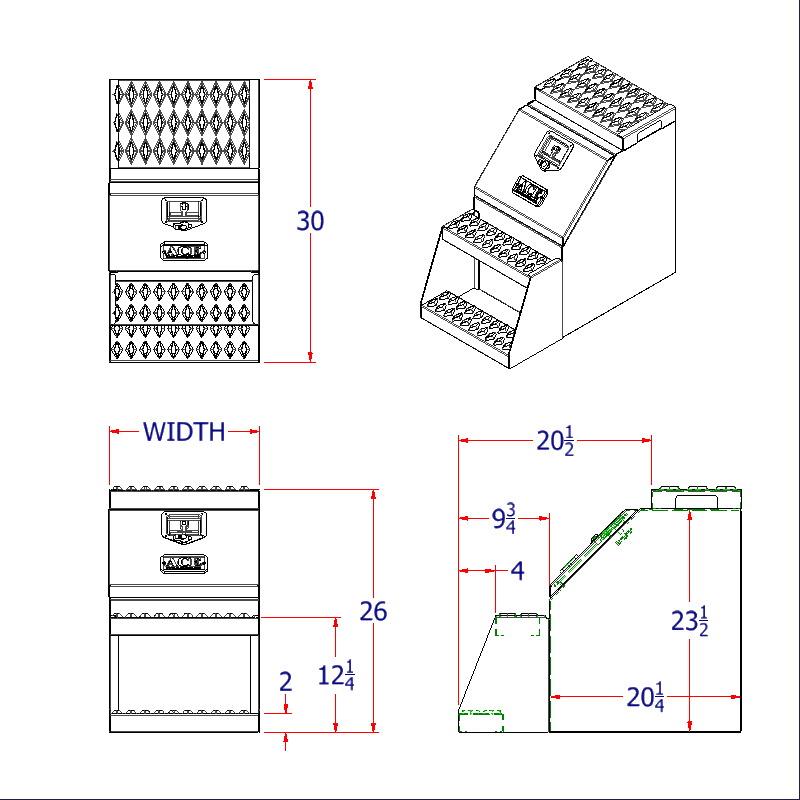
Even when limiting the current discussion to copper/water/sintered wick versions, heat pipe customization can markedly affect operational and performance characteristics.Ĭhanges to the internal structure of the heat pipe, most notably wick porosity and thickness, allow heat pipes to be tuned to meet specific operating parameters and performance characteristics. Vendor specified heat pipe performance data are usually adequate for standard applications, but can be limited for specialized usage. Measured heat pipe effective thermal conductivity as function of length. ΔT = Temperature difference between evaporator and condenser sections Figure 2. L eff = Effective length = (L evaporator + L condenser)/2 + L adiabatic As observed in the calculation for effective thermal conductivity in Equation (1), the heat pipe effective length is a function of adiabatic, evaporator and condenser lengths: While thermal conductivity of 10,000 W/m.K is achieved at just under 100 mm heat pipe length, a 200 mm length has less than one-third the typically published maximum thermal conductivity of 100,000 W/m.K. In this example, three heat pipes are used to transport heat from a 75 W power source. Unlike solid metal, the effective thermal conductivity of copper heat pipes varies tremendously with heat pipe length, and to a lesser degree with other factors such as the size of the evaporator and condenser as well as the amount of power being transported.įigure 2 illustrates the effect of length on heat pipe effective thermal conductivity. However don’t rely on those figures for typical electronics applications. That is 250 to 500 times the thermal conductivity of solid copper and aluminum, respectively. Regularly published data for heat pipe thermal conductivity typically ranges from 10,000 to 100,000 W/m.K. The following factors need to be considered when designing heat pipes into a thermal solution:Īnd are discussed in the following sections. The application of heat pipes should be considered when the thermal design is either conduction limited or when non-thermal goals such as weight cannot be achieved with other materials such as solid aluminum and/or copper. Heat pipe construction and principle of operation. Capillary action then redistributes it back to the evaporator section. As heat is applied to the evaporator area, liquid turns to vapor and moves to an area of lower pressure where it cools and returns to liquid form. Liquid (usually water) is added to the device and vacuum sealed at which point the wick distributes the liquid throughout the device. A wick structure (sintered powder) is applied to the inside walls of the pipe. Īs assistance, Figure 1 serves to provide an overview of heat pipe construction and its principle of operation. As this article does not review the fundamentals of heat pipe operation, for those readers not familiar with this technology good overviews can be found in. The article is also not intended to provide detailed analysis on the proper design of heat pipes and heat sinks, but rather to offer guidance on the number and size of heat pipes used as well as to provide guidance for estimating heat sink size and determining attachment methods of the heat sink to the Printed Circuit Board (PCB). copper tube with sintered copper wick using water as the working fluid.

In addition, discussion is focused on the most ubiquitous type of heat pipe, i.e. Discussion is constrained to those conditions as guidelines provided may not necessarily apply for power electronics applications. A stone weighing 8 carats is of a majestic size and very rarely seen.This article is intended to offer design guidance when using heat pipes for the most prevalent types of electronics applications: mobile to embedded computing and server type applications with power dissipation ranging from 15 W to 150 W using processor die sizes between 10 mm and 30 mm square. It is not a unit of size, but the size of a diamond does increase together with carat weight.

DIAMOND DIMENSIONS 201 FULL
Carat refers to a diamond’s weight, and one full carat weighs 200 milligrams, or 0.007 ounces. The chances of uncovering an 8 carat diamond are very small. Most of the diamonds found in the mines are 1 and 2 carats only. The origin of diamonds is still something of a mystery even today, and an 8 carat diamond is almost as mysterious as can be.

These are the type of stones that will make brilliant moments last forever.

An 8 carat diamond for moments that truly matter


 0 kommentar(er)
0 kommentar(er)
